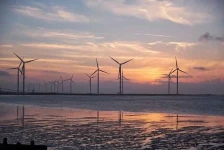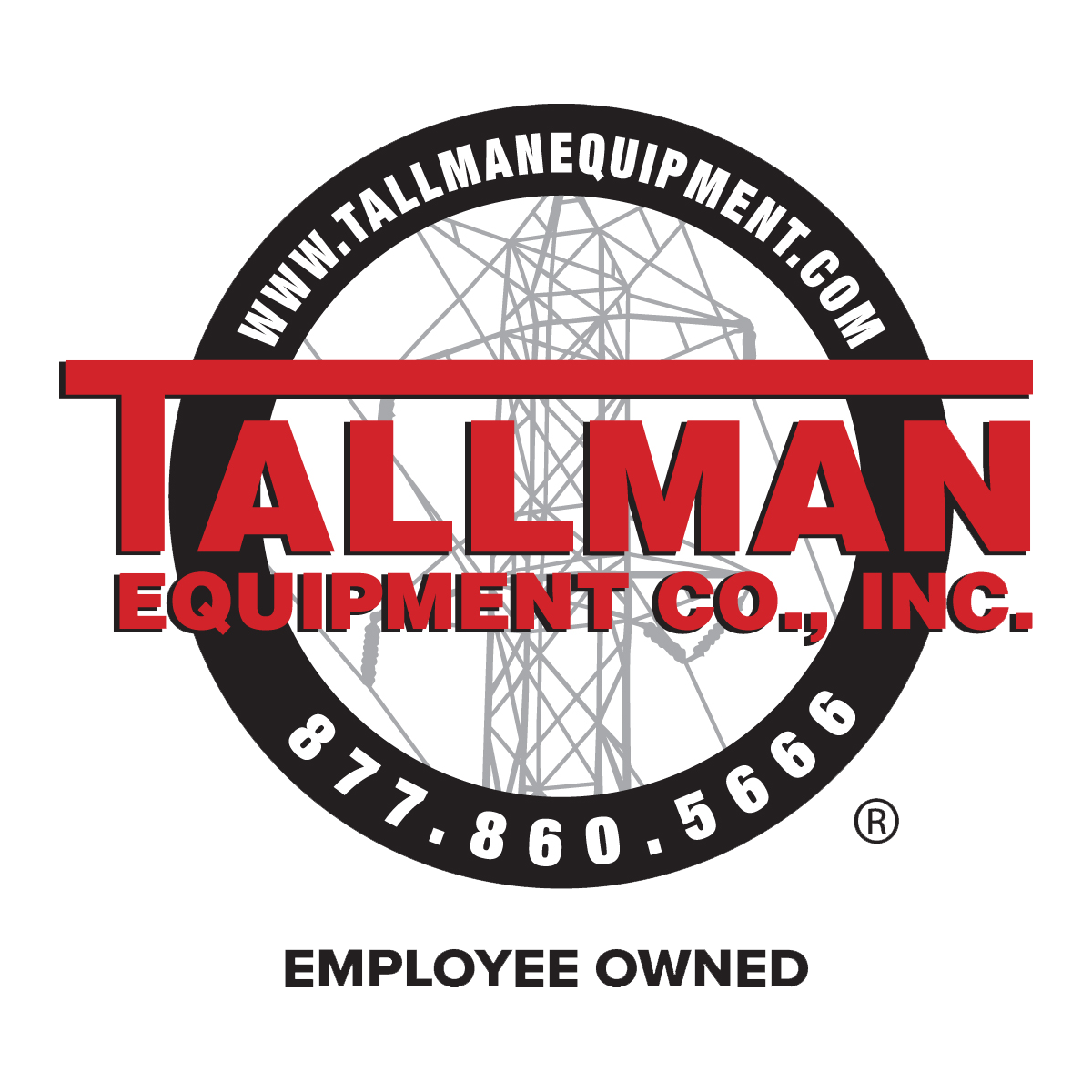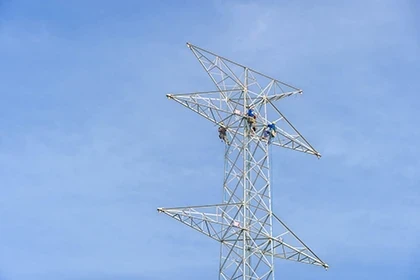
Hydro-Québec planning to reduce number of power outages in 2024
Montreal, Quebec - The city of Montreal slowly heals and regains power after the recent ice storm wreaked havoc on its infrastructure. While significant progress has been made by Hydro-Québec in restoring electricity to residents, some areas might still experience outages over the weekend and into next week.
The February 25th storm inflicted widespread damage on power lines, leaving over 500,000 Hydro-Québec customers across the province in the dark. Montreal bore the brunt of the...















